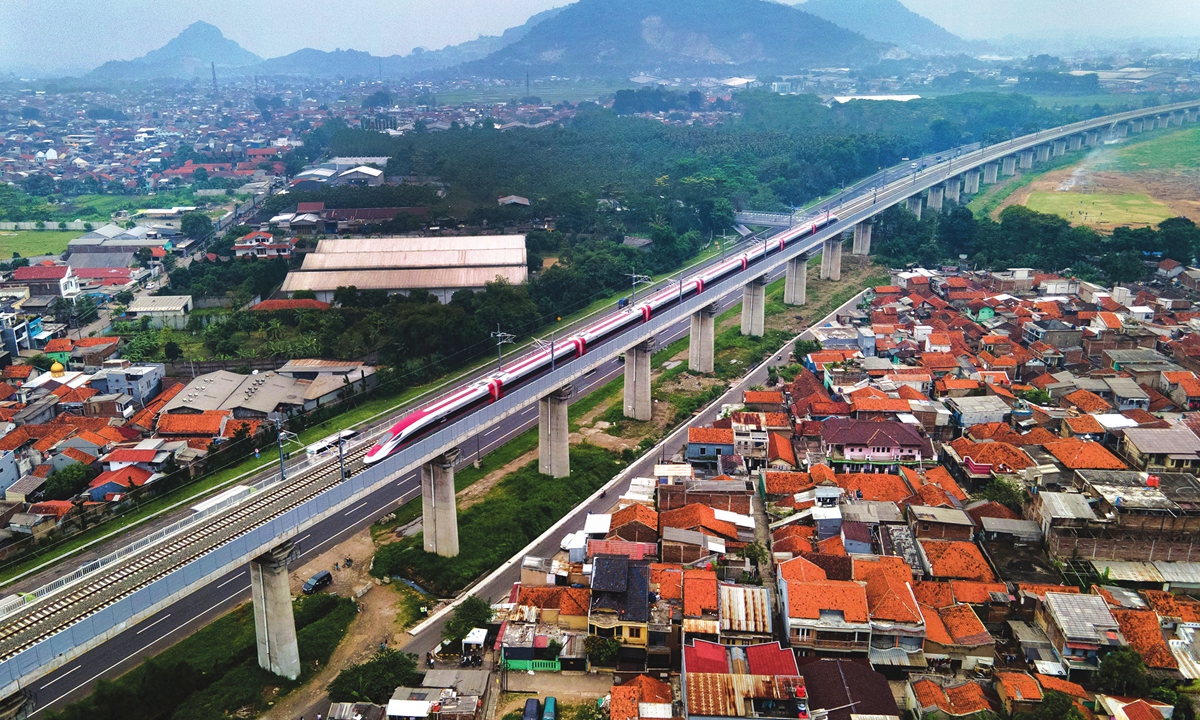Alright, folks, let’s talk about the Jakarta-Bandung High-Speed Rail (Whoosh), because the numbers are in, and they’re seriously impressive. We’ve just learned that over 87,000 foreign passengers hopped on board in the first quarter of this year alone! That’s a staggering 79.9% jump compared to the same period last year.

This isn’t just about train tickets; it’s a clear signal of Indonesia’s growing allure as a travel destination and, more importantly, the success of this landmark infrastructure project. Launched in October 2023, this 142.3km line connecting Jakarta and Bandung isn’t just Indonesia’s first high-speed railway, it’s Southeast Asia’s first. Think about that!
Let’s break down what makes this line so crucial. Firstly, it slashes travel time between these two key cities. Previously a grueling 3+ hour journey, it now takes just 45 minutes. Secondly, it’s boosting tourism significantly, particularly to Bandung, a popular getaway for both locals and now, a surging number of international visitors.
This railway is a game-changer. It demonstrates Indonesia’s ambition and capacity to undertake large-scale infrastructure development. Moreover, the considerable uptick in foreign ridership highlights Indonesia’s increasing attractiveness within the global tourism landscape.
Did You Know? – A Quick Deep Dive into High-Speed Rail
High speed rail (HSR) systems are defined by operating speeds of at least 250 km/h on specially built dedicated tracks. These systems dramatically reduce travel times and relieve congestion on conventional rail and road networks.
Economic benefits ripple out from HSR. They create jobs during construction and operation, boost regional development by connecting cities, and boost economic opportunities along the rail corridor.
Technologically, HSR requires complex engineering, including advanced signaling and control systems, aerodynamic train designs, and meticulous track maintenance. Indonesia’s commitment to this technology is a bold step forward.


